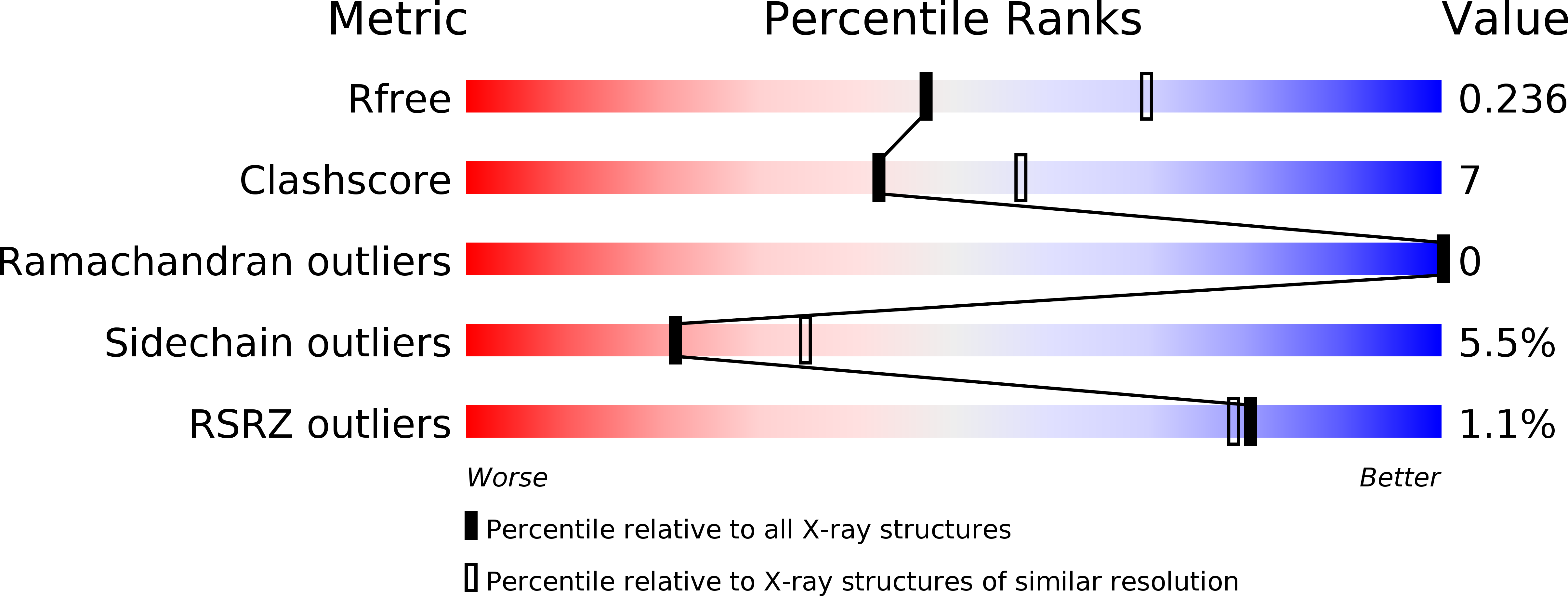
Deposition Date
2005-04-07
Release Date
2006-05-02
Last Version Date
2023-11-15
Entry Detail
PDB ID:
1ZB8
Keywords:
Title:
Crystal structure of Xylella fastidiosa organic peroxide resistance protein
Biological Source:
Source Organism:
Xylella fastidiosa (Taxon ID: 160492)
Host Organism:
Method Details:
Experimental Method:
Resolution:
2.40 Å
R-Value Free:
0.24
R-Value Work:
0.19
R-Value Observed:
0.19
Space Group:
P 65 2 2


